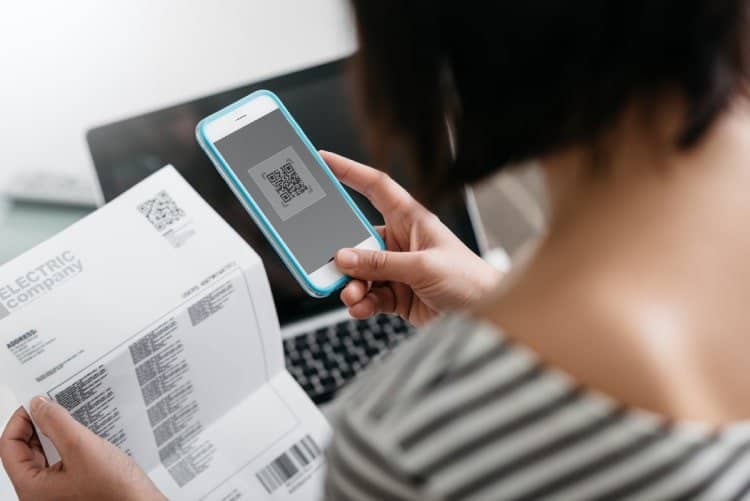Digital disbursements utilize a “push” method, as opposed to the traditional “pull” method, therefore expediting a far more efficient payments process. In the simplest terms, this allows insurers to deposit money claims directly into the policyholder’s bank account via traditional ACH, Zelle, or Real Time Payments (RTP), push-to-card options via debit or prepaid card, or PayPal or Venmo stored value accounts. By incorporating real-time digital disbursements, insurance companies have the opportunity meet, and exceed, the demands of their customers, accrue internal benefits and evolve, even during a global pandemic.
Giving customers what they want
Success often comes down to customer satisfaction across industries, but especially in the insurance industry, where 85 percent of satisfied claimants renew policies and recommend their provider to others. Customer satisfaction is also largely dependent on perceived experience: 58 percent of claimants with missed expectations noted it was because a payment took longer than they thought it should. Policyholders expect a fast, seamless experience with the latest payment options – speed and the ability to select how they’re paid is critical.
The slow process of paying insurance claims by check largely contradicts these expectations. In a world where so much can be acquired in an instant, waiting five to seven days (the approximate time it takes for a check to reach a customer) is unacceptable and can greatly hinder customer relations. While ACH only cuts that time down to two to four days, digital disbursements put claim money in the hands of customers within minutes. According to a consumer preferences survey by Visa Direct, 82 percent of consumers now prefer real-time payment options like push-to-card and direct deposit over waiting for a check to arrive in the mail. Policyholders also get the added convenience of 24/7/365 transactions since it is mostly untethered by employee interaction.
So far, digital disbursements have made their biggest mark in claims payments — a process severely sensitive to efficiency. Whether it is to repair damage from a natural disaster, replace property after theft or any number of difficult situations, transferring such payments in a seamless fashion can be critical to maintaining a positive customer relationship.
Reaping the benefits
Through increasing efficiency and customer satisfaction, digital disbursements help insurers achieve one of the most important goals in the insurance industry: reducing customer churn. How? Starting with customer satisfaction, these faster, more convenient transactions ignite a positive ripple effect throughout insurers’ operations. By incorporating digital disbursements, productivity increases. More transactions can be made in less time and with increased efficiency. Call centers receive fewer inquiries from customers about the state of their payments and therefore cost the company less. Direct employee effort can, as a result, be focused or re-deployed to areas where it is absolutely needed. By reducing touches internally and externally, insurers can save time and money, while still bolstering customer satisfaction.
In the age of COVID-19, getting money to customers how and when they need it is more important than ever. What were once preferences are now necessities for many as, for safety reasons, digital methods take precedence. As social distancing becomes a part of everyday life, everyone is looking for ways to utilize technology to streamline important activities. By incorporating digital disbursement, insurers can cut down on physical checks and mailing, while getting money to policyholders fast. Therefore, insurers are better able to support their customers when it matters most, conduct business efficiently without putting greater strain on employees and face business head-on during challenging times and beyond.



